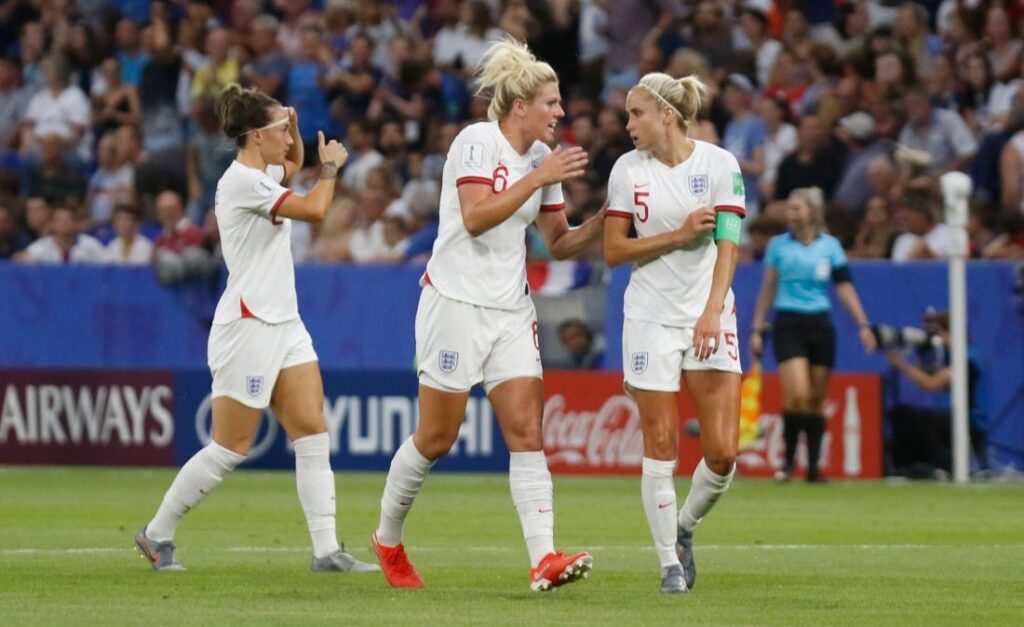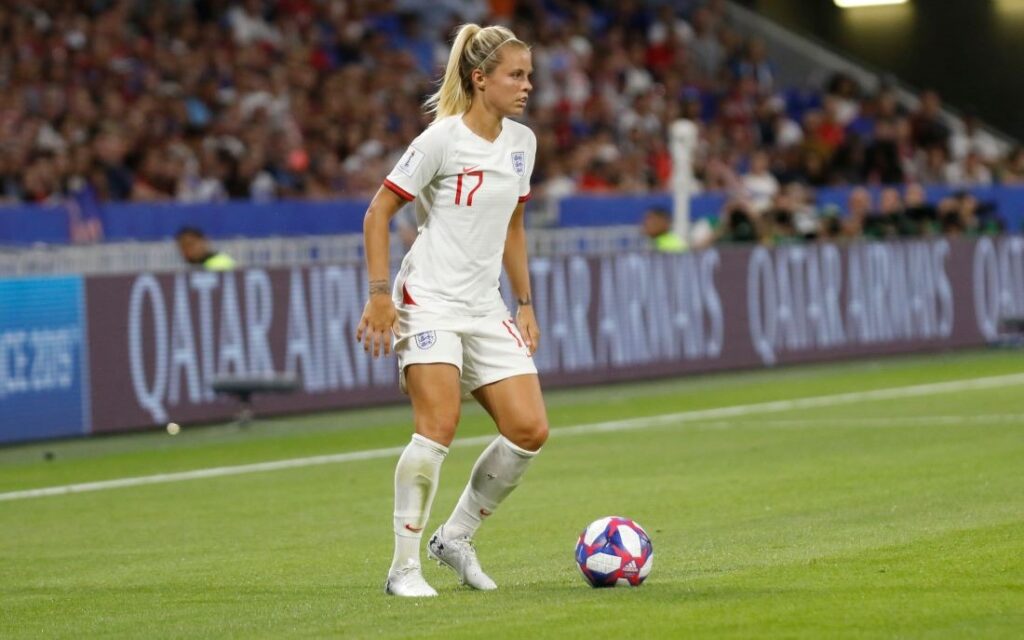This website uses cookies so that we can provide you with the best user experience possible. Cookie information is stored in your browser and performs functions such as recognising you when you return to our website and helping our team to understand which sections of the website you find most interesting and useful.
Lionesses on the Loose: A look back at Women’s World Cup 2023
By Tempus | 21 July 2023 | Sport
In honour of International Women’s Day, Tempus takes a look at the history of women and the beautiful game.
As women’s football takes center stage for the second time in two years, newcomers to the sport would be justified in thinking that its popularity is a relatively new phenomenon. It’s never just been a man’s game though, and in the early 1900s, women’s football drew record crowds. The best players were superstars themselves but, in 1921, following a FA ban on women playing the beautiful game, female players were sidelined and professional players faded from the spotlight.

For nearly 50 years, between 1921 and 1970, female players weren’t allowed to grace the pitch due to a complicated socio-economic landscape, ultimately underpinned by fear that female games would detract from men’s matches. At the time of England’s (then) biggest international triumph – winning the 1966 World Cup – women were, disappointingly, still not allowed to play professional football.
Fast-forward to 2023 and its clear that, though progress has been made, the playing field is yet to level. Despite European governing body UEFA creating its 5 year #WePlayStrong campaign to promote women’s football, there are still vast gender discrepancies in prize money across the board. Last year’s men’s World Cup saw a prize pot totalling £365m, while this year’s Women’s World Cup offers a mere £126m to the winning team, itself an increase from 2019’s paltry £25m.
Yet despite the meager financial motivation, the past few years have seen significant change, with talented female footballers starting to take center stage once again – and its clear there’s no lack of female talent. Many international top goal-scorers are women, from Birgit Prinz and Vivianne Miedema, to Christine Sinclair and Marta Vieira da Silva, whose skill transcends her surname to be most recognisably known as simply ‘Marta’. Meanwhile England’s starting team includes some of the brightest names in the game, from Lucy Bronze and Millie Bright, to Georgia Stanway, and 2022’s euros tournament Top Goalscorer Beth Mead.

If anyone had doubts that this wave of female footballers was simply a flash in the pan, take note of savvy brands, many of which have jumped to put money behind the beautiful game. Taking advantage of this rising wave of popularity has clear corporate advantages, positioning them as progressive and inclusive, while simultaneously tapping into women’s purchasing power. With the female apparel market being worth 32.36 billion GBP in the UK alone last year, nearly double that of men’s, it’s no wonder brands including Nike, Hublot, Barclays, and Unilever have got on board.
With this year’s FIFA World Cup expected to be the most viewed women’s sporting event in history, those early investments are set to pay dividends. While a record 87,000 fans gathered at Wembley Stadium on 31 July to watch the England Lionesses bring “home” the 2022 cup, those numbers are set to be beaten this summer.
As the action kicks off in Australia and New Zealand, the pressure is on. Can the Lionesses go all the way at a major tournament for the second time in two years? With the United States the frontrunners to win, it’s all to play for…







